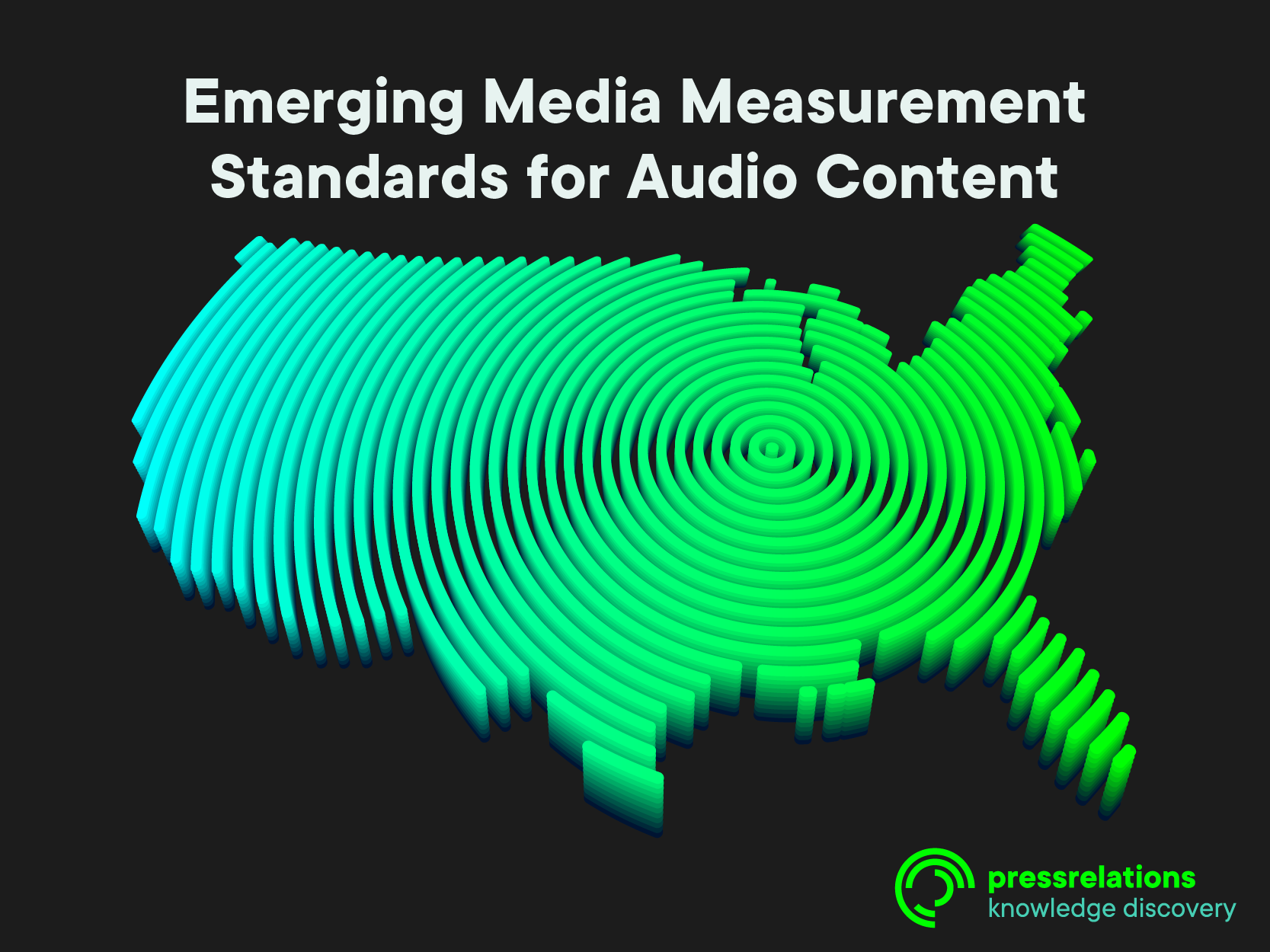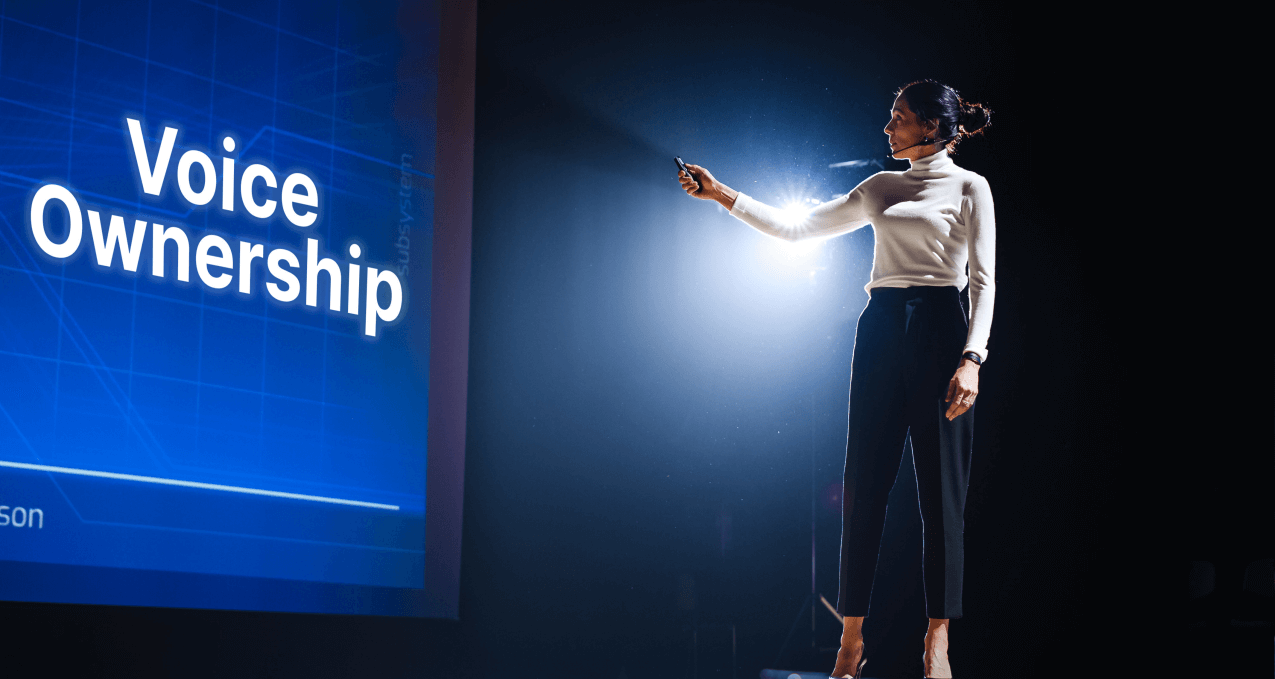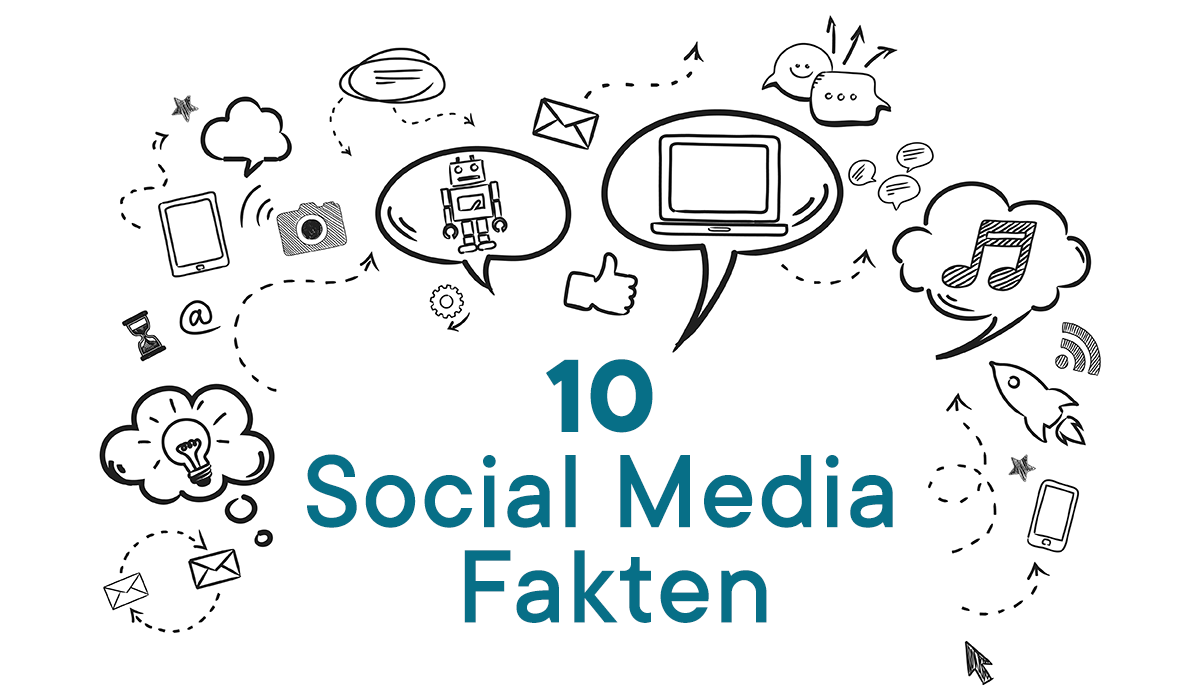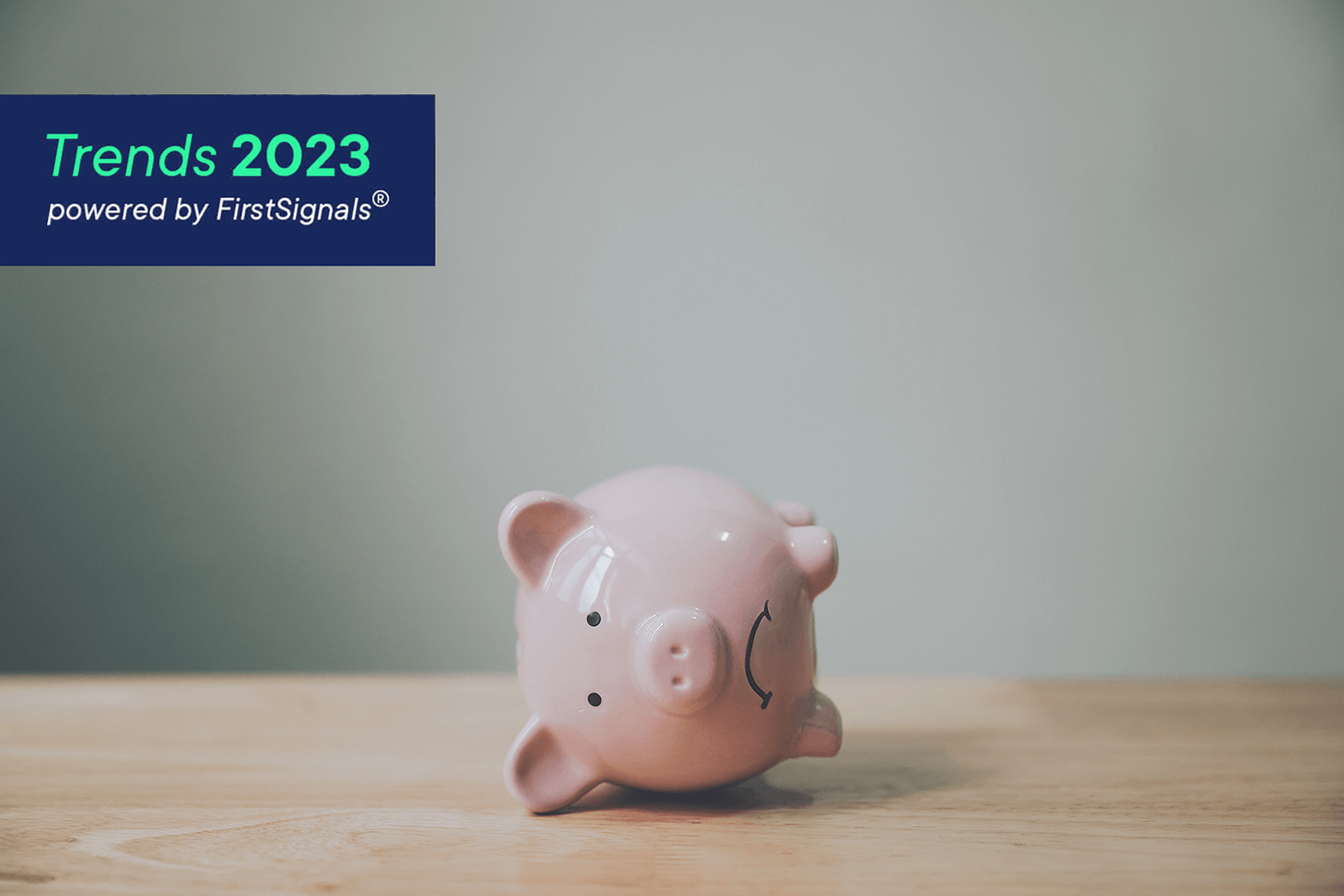Audio content is increasingly prevalent with B2C and B2B target audiences as these integrate voice-activated technologies more and more into their private and work lives. It comes as no surprise, therefore, that, today, more than a hundred million homes across the United States are equipped with smart speakers. Such voice-activated technology acts as a gateway for audio content such as social audio, audiobooks, voice search, audio ads or podcasts, increasingly becoming an integral part of our daily lives.
As communicators start integrating audio content into their communication mix, there is a need for new standards to measure the effectiveness of such content. In our post we look at some of the challenges of developing such measurement standards and how brands can effectively manage these.
Audio Content Needs New Metrics
The currently used metrics are, for the most part, simply dated or don’t do a good enough job. Take click-through rate, or CTR, as an example. This highly popular metric is typically used to measure advertising or email marketing performance. However, audiences usually listen to audio content outside, hands-free on their mobile devices or at home while cooking. And, typically, audio content does not include any clickable elements to track success. Therefore, as listeners rarely engage or click on anything, CTR simply is irrelevant for measuring audio content.
Other metrics for audio content include the number of listens, the overall time spent listening, and the number of people exposed to ad impressions. Unfortunately, these measures also fail to capture the actual value generated.
It is because of this uncertainty that many brands invest in highly popular podcasts and related data analytics platforms to track the results of the audio portions of their campaigns. But, without properly defined and focused metrics, communicators are unable to fully understand and manage audio content as a growing, increasingly important part of their communication.
Defining Metrics for Audio Content
As a starting point, organizations should set up metrics based on the type of audio content they are looking to utilize. Kick off this process by identifying all measurable elements within your content in areas such as ideation, creation, and distribution. For instance, in terms of distribution, it makes a substantial difference if your audio content is meant to be streamed or downloaded.
Brands will also need to have a clear view of campaign or overall communication and business objectives. An organization might be creating audio content to increase brand awareness, activate target audiences, boost conversions or downloads, or generate more leads. Once the objectives for the campaigns are defined and quantified, relevant metrics for each type of audio content can be formulated.
Metrics for Podcasts
Here are a few ways to measure podcast content:
- Number of streams, downloads & subscribers
- Various social listening metrics measuring mentions & discussions
- Changes in website traffic
- Number and quality of partners in each lifecycle stage (ideation, creation, and distribution)
Metrics for Audio Ads
Use the following metrics to measure the impact of audio ads:
- Listen-through rate (LTR) to assess content quality
- Engagement – Quality of interactive ads
- Identify target audiences through listening patterns, location, and socio-demographic or technographic profiles
- Ad playback rates
Metrics for Social Audio
For social audio platforms like Clubhouse or Twitter Spaces, track:
- Number of listeners & followers
- Average listening time
- Number of content shares
- Reach, impressions, and conversion rates
- Referral traffic
Best Practices in Audio Measurement
Effective audio measurement depends on the type of content you are utilizing and your communication and business objectives – but we recommend:
- Use third-party ad serving and tracking tools to target relevant audiences
- Measure and assess reach and (listening) completion rate
- Listening frequency – Average number of times an individual listened to your audio content
- For downloadable content, measure the cost per download
The audio content evolution starts to significantly shape content marketing and communication efforts. And emerging tools and technologies promise to assist brands with insights for the management and measurement of audio content. But, to win in audio and to stay ahead of the competition, communicators and marketers alike are well-advised to create new metrics tailor-made to their situation.
This article is part of a series of the implications of the increasing popularity of audio-driven content on communications. This post was first published on the PRSA-NCC blog.
Please read the other posts in the series:
What Does the Rise of Audio Content Mean for Communicators?
Elevate Your Communications with Audio Content




